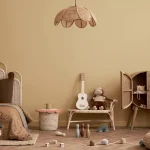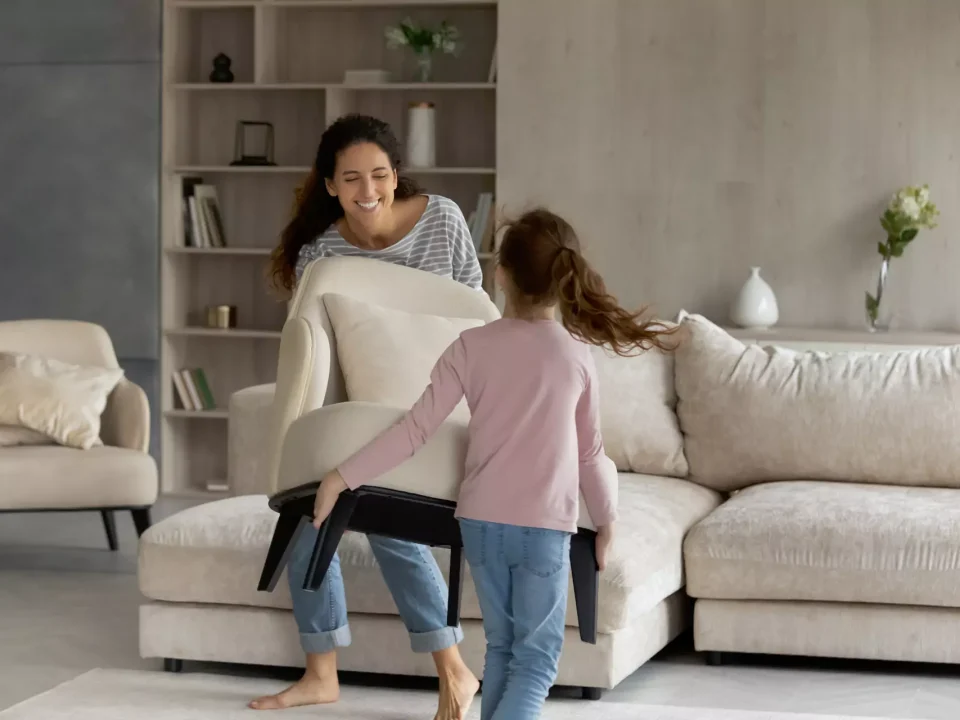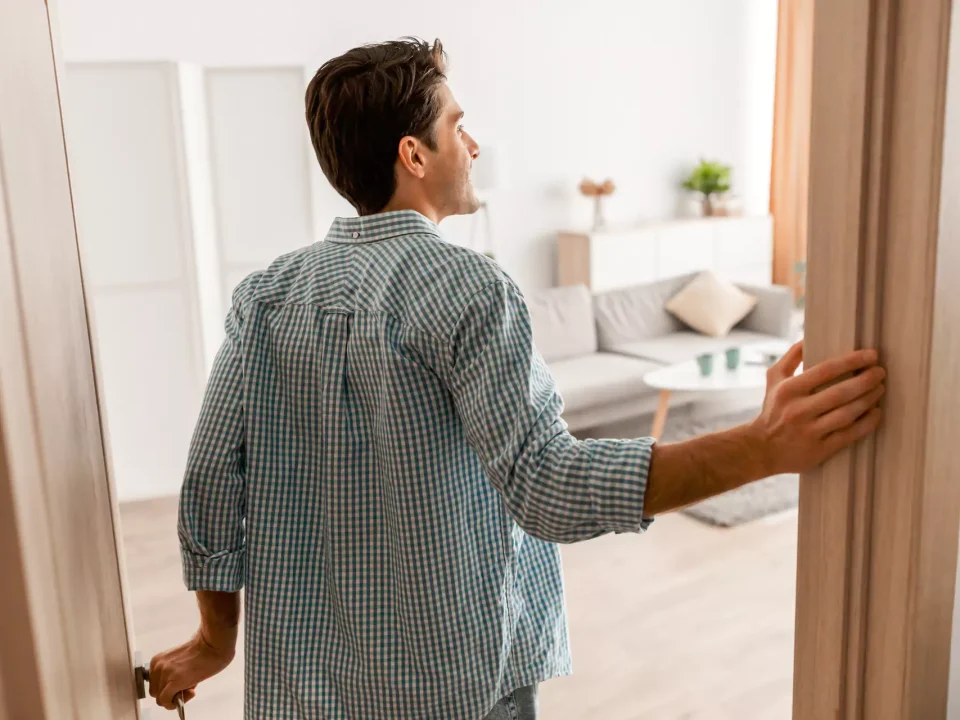
How to Create a Home Budget for Small Pleasures
2025-02-10
How to Furnish a Child’s Room Without Overspending? A Guide for Young Families
2025-03-14Thinking about renting out your apartment and wondering how best to furnish it? Find out what absolutely needs to be included, what’s optional, and what’s unnecessary—and might even cause potential problems.
Rental Apartment – What Should Be Included
In a furnished rental apartment, the following items are essential:
- Bed – with a well-chosen, comfortable mattress
- Sofa – plus a coffee table
- Dining table with chairs – the number of chairs should at least match the number of future tenants
- Wardrobe – ideally spacious
- Basic lighting – including ceiling lights, large floor lamps, and task lighting, such as bedside lamps
All of these pieces should be present in every rental, though their quality, size, or style may vary.
What Furniture Is Optional in a Rental Apartment?
You don’t need to provide extra storage furniture like bookshelves, dressers, or small cabinets unless the existing wardrobe(s) are too small for the tenant’s needs.
If you’re renting out an apartment with a living room, a sofa is a must—but other seating like armchairs or poufs are optional. Similarly, you don’t need to install blinds or curtains unless the apartment gets a lot of sunlight.
Another optional element is a workspace setup – a desk and chair. While not necessary, it might be a smart investment if you’re targeting students or remote workers, especially in a studio apartment.
Rental Apartment – What to Avoid
There are furnishings and accessories that, while not strictly forbidden, may cause unnecessary issues. Be especially mindful with decorations.
Wall art or posters placed in safe spots are fine. But small decorative items placed on shelves or cabinets can easily be damaged and may not suit a tenant’s personal taste. The same goes for expensive throws or cushions. It’s also best to avoid live plants—not every tenant will want the responsibility of caring for them.
Think twice before adding small, expensive appliances or electronics. Unless you’re renting a luxury apartment and using this to raise its value, keep in mind that these items are prone to breaking. A well-equipped kitchen is a nice touch, but cookware and dishes tend to wear out or break quickly.
Damaged Furniture and Equipment – How to Handle the Rental Deposit?
As mentioned, some items wear out naturally over time. Charging for this wear and tear can be tricky, as the tenant may not be liable—it often falls under normal usage. So what can you do about actual damage, and how can you protect yourself financially? First and foremost: create a detailed handover protocol. Document the condition of the apartment and all furnishings at the beginning of the lease, then review it at the end. This makes any potential claims much easier to justify.
If handling the deposit feels overwhelming, consider outsourcing it. This is possible with the rental deposit surety service from Bingo-Rent. Bingo-Rent provides the surety on behalf of the tenant. At the end of the lease, you simply fill out a damage settlement form on the platform. In the case of any damages or issues, Bingo-Rent coordinates the settlement process for you.
There are even more advantages to using Bingo-Rent. Rental deposit surety makes it easier to rent out your property—many potential tenants are discouraged by the upfront deposit. Additionally, Bingo-Rent verifies tenants in advance—their identity and financial reliability—reducing the risk of renting to someone who won’t meet their obligations.



